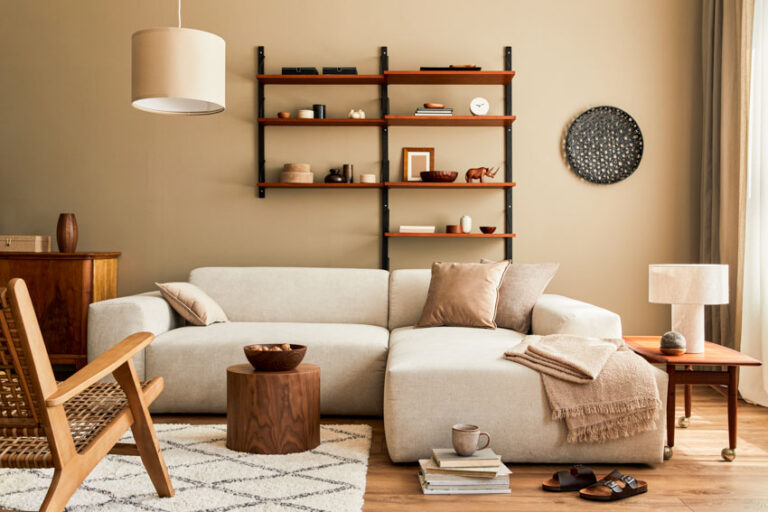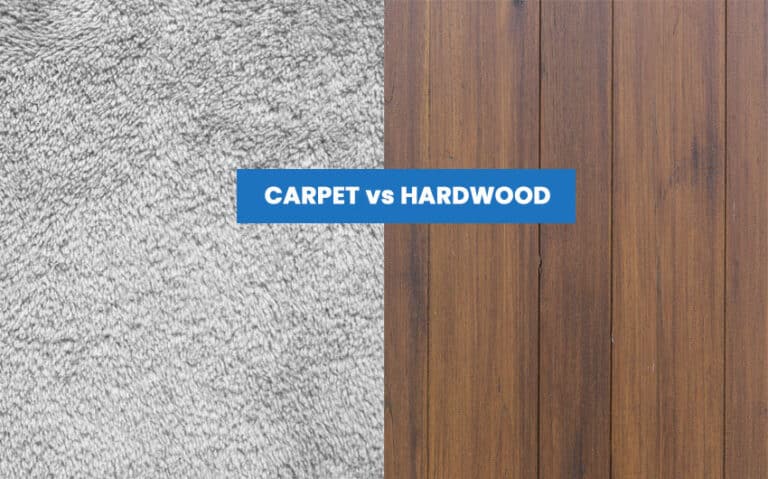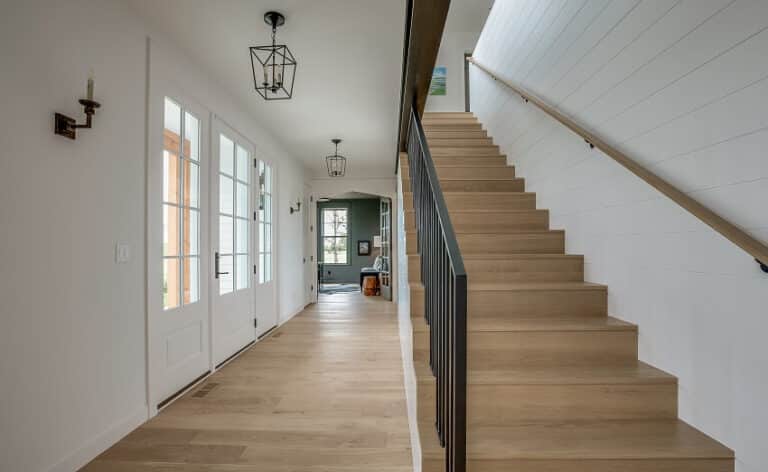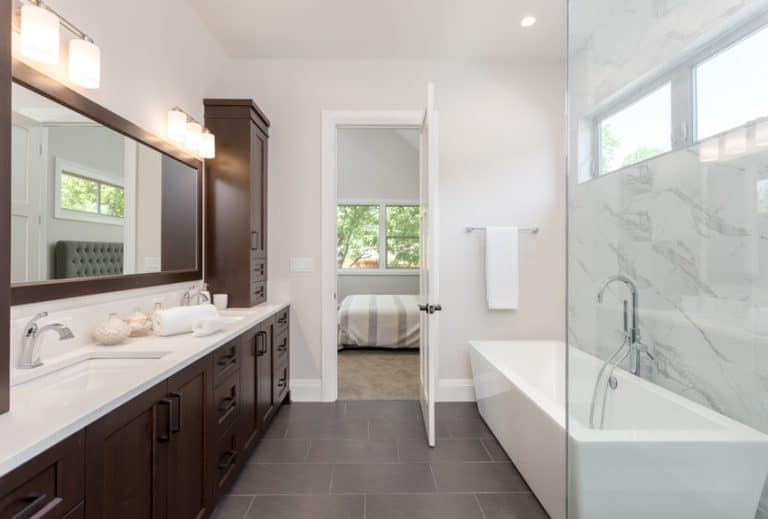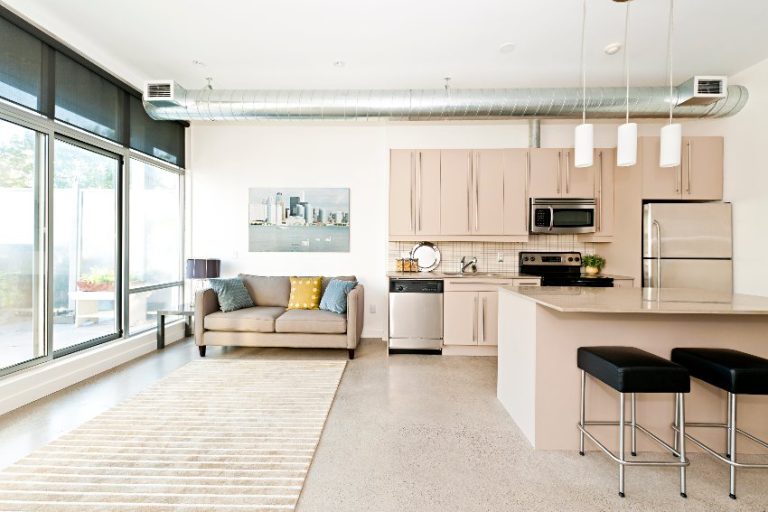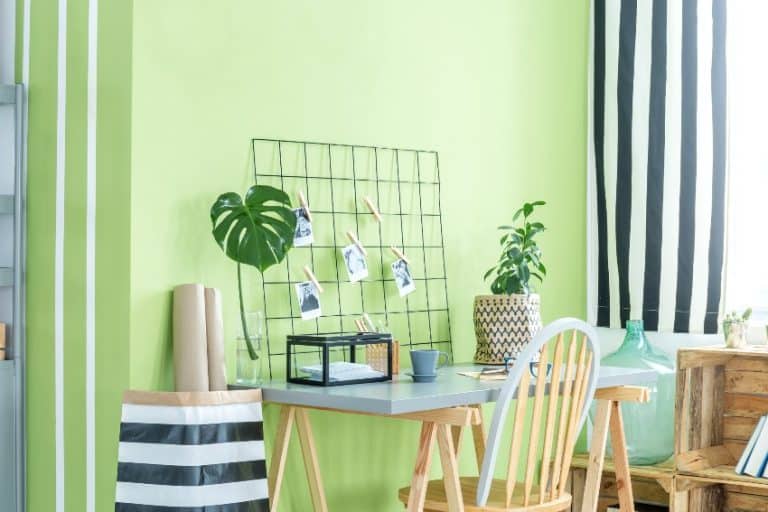Align Lighting and Furniture With a Room’s Main Sightline: Designer Tip
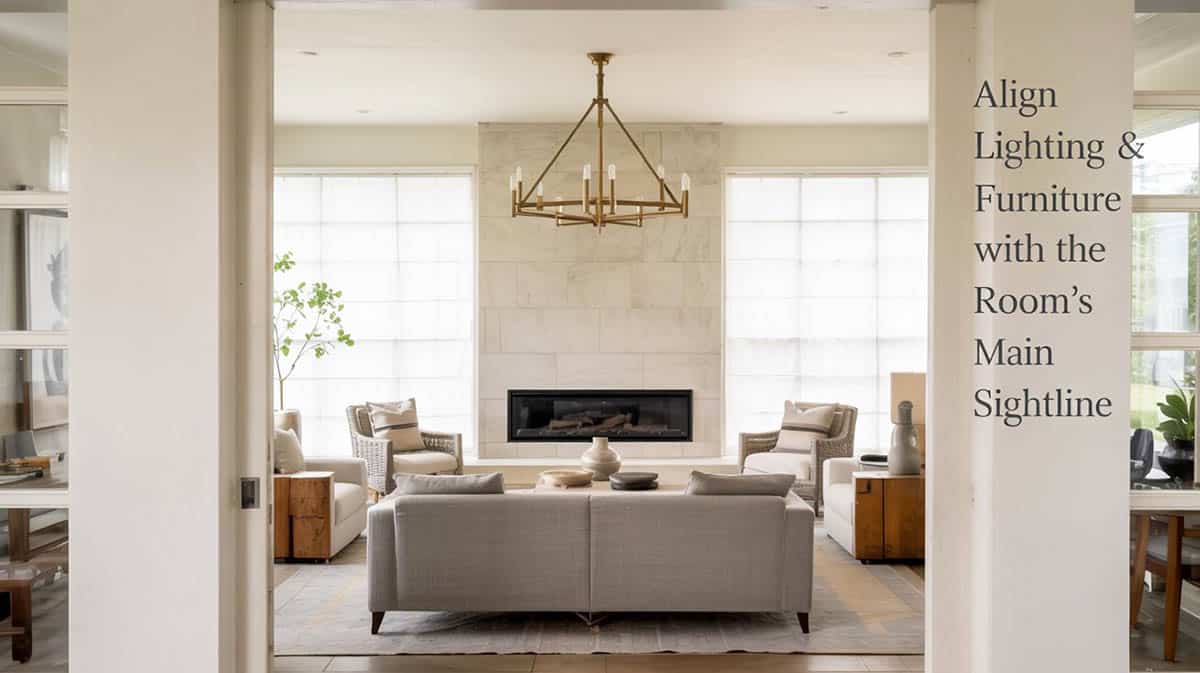
Have you ever walked into a room that instantly feels calm and balanced, like everything just “works”? That invisible sense of harmony usually comes from alignment with the room’s main sightline. This may sound somewhat mystical at first, so let me break down exactly what it means so you can use it in your own interior designs to make your room feel more intentional and beautiful.
What Is the Room’s “Main Sightline”?
The main sightline is the first, uninterrupted view you see when you walk into a room. It’s like your first impression, and the natural direction your eyes go before you even have to think about it.
- In a living room: It’s usually the view from the main doorway.
- In a bedroom: It’s the view from the door, looking toward the bed or window.
- In a home office: It’s what you see as you approach from the entry and look in.
This sightline reveals the room’s focal point, which is the visual anchor that draws attention and sets the room’s tone.
Common examples include:
- A fireplace or a TV wall
- A large window with a view
- A striking piece of art
- A built-in shelving or accent wall
When your furniture and lighting align with that focal point, the space feels naturally perfectly put-together. When they don’t, even expensive décor can look disjointed and off.
Why Aligning With the Sightline Is Important
Creates Instant Harmony – When your largest furniture and main light fixture line up with the focal point, everything feels intentional and calm. It’s the design version of making your bed, but it makes the whole space feel planned and in order.
Guides Flow and Movement – It helps define the floor plan and shows people where to walk and where to sit. It very subtly directs movement, making the space feel more open and easier to navigate.
Highlights the Focal Point – You’re framing what matters most to you, whether it’s the fireplace, chandelier, TV, artwork, or view, so it becomes the high point of the room.
Avoids the “Something Feels Off” Effect – A common mistake is turning the furniture so it blocks the flow of this sightline. The wrong layout can block energy and feel uninviting the moment you enter.
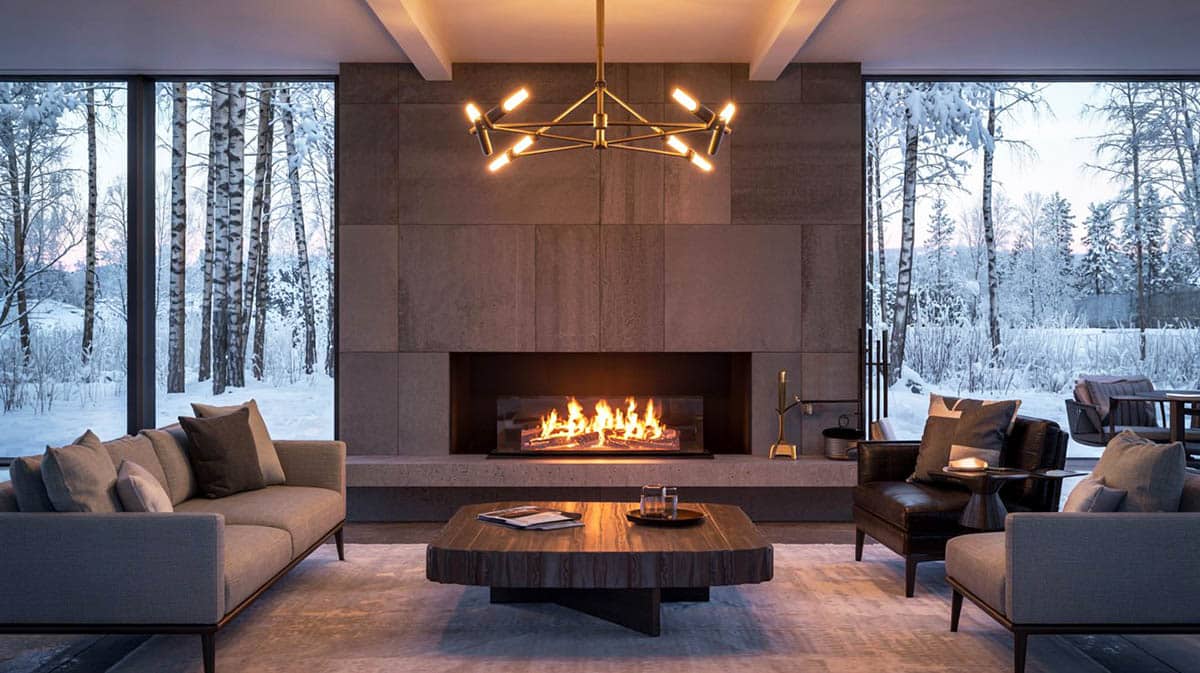
Aligning Furniture With the Sightline
When designing spaces, I like to think of the furniture as the stage. I’m setting up the scene so everything faces or frames the focal point visible from the room’s entry.
Common Mistake: The “Wall Hugger” Layout – Pushing every piece of furniture against the wall often creates a large, empty void in the middle. Instead, you’ll want to carefully consider your options.
Correct Approach: Build Around the Focal Point
Example 1: Fireplace Focal Point – When you enter and see a fireplace, place the sofa facing it (or perpendicular), then add two chairs to complete a U-shaped sitting area. Keep a coffee table in the center to ground the group and consider a light fixture overhead.
Example 2: Window View Focal Point – If your main view is a large window, position your seating to frame it, but not block it. The sofa should capture the view, not compete with it. Use low profile furniture to maintain the views throughout the room.
Example 3: TV or Media Wall – From the doorway, your eyes go straight to the wall with the TV. Position the sofa facing it, and make sure the sightline is open and unobstructed.
Designer Tip – Try to avoid having your largest piece of furniture, which is usually the sofa, completely turn its back to the door. Even a small angle makes the room feel more open and welcoming and improves the flow. However, this may not be practical for many arrangements.
Aligning Lighting With the Sightline
Lighting isn’t just functional; it determines how you see the room and can direct attention to its best features.
Common Mistake: Off-Center Lighting – For instance, watch out for placing a chandelier dead center in the room, but slightly off-center from the fireplace or seating area, which creates visual confusion.
Correct Approach: Layer and Align
Overhead Lighting – Hang your chandelier or pendant directly above the main seating zone (like over the coffee table), and center it with the focal point. This visually anchors the space and makes things look more cohesive stylistically.
Accent Lighting – Add picture lights, sconces, or track lights to highlight the focal feature. you can even adorn it with art above the mantel or use textured stonework to make it stand out.
Layered Lighting – Balance the focal point with pools of light from floor or table lamps around the periphery. Lamps can help define the space and prevent any dark corners. Lights in the corners are also recommended over any other clutter that may typically accumulate there.
An Example Of How To Get The Look: In The Living Room
Stand at the Entrance – You see a fireplace centered on the far wall; this is your sightline focus.
Arrange Furniture – Place the sofa facing the fireplace, and add two armchairs perpendicular to it, and a coffee table in the middle to anchor the setup. Place an area rug under the furniture to frame the space.
Add Lighting: Hang a chandelier over the table and use a picture light above the mantel and a floor lamp beside a chair for reading.
Result – From the doorway, your eye naturally travels first toward the fireplace. The arranged furniture and lighting guide your eyes there, creating a space that feels intentional and instantly comfortable.
What To Do When You Have Two Focal Points
If your room has two strong focal points, for instance, a fireplace on one wall and a picture window on another, you’ll want to pick one as the primary for your main sightline. Alternatively, you can try to balance them by placing the sofa between them for some separation. In this case, it should generally be facing the center. Both areas then act as visual “bookends” to give the room symmetry.
When in doubt, stand at the entrance and look at your space as you would if you were a guest. Ask yourself: What do my eyes go to first? Then, align your lighting and furniture with that view in mind. Have you tried doing this? Share your thoughts about how you like to use your room’s sightlines for best results in the comments below.

